History of The Hatteras Weather Bureau Station
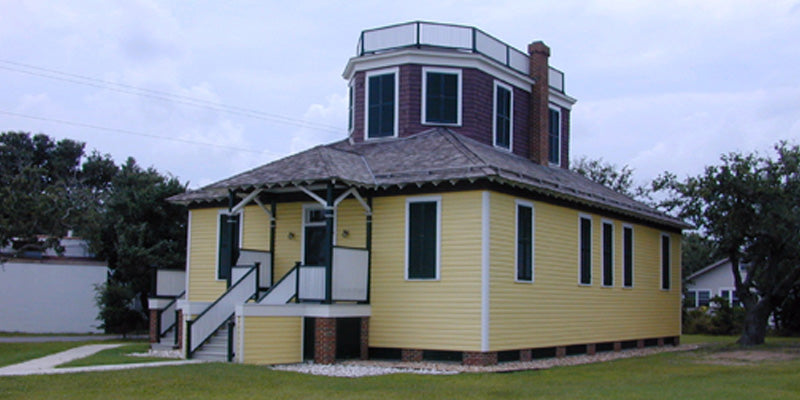
Believe it or not, the first US Weather Bureau Station managed by the Army Signal Service’s on Hatteras Island was established at the Cape Hatteras Lighthouse Keeper’s Quarter in 1874.

The structure was later moved to the Hatteras Life Saving Station in 1880 and then transferred to a Hatteras Village private residence in 1883.
On July 1, 1891, the US Weather Bureau was established in the Department of Agriculture by the transfer from the Army Signal Corps, meteorological service. In 1901 the first official building was constructed for the United States Weather Bureau on Hatteras Island.
The original building was a wood frame structure on masonry piling. The first floor had seven rooms including a kitchen, office, living room, and bedrooms for the weather observer and family. The second floor had a large observation room/office with a ship’s ladder leading to a walk on the roof. Porches extended across the front and westside.
Other structures include two wooden storage sheds with cedar-shingled gable roofs, a cistern, and a metal signal tower for displaying weather flags, and a privy.
The station manned by an observer and a maintenance man was equipped with telegraph communication to the District Forecast Center in Washington, D.C.
Hourly checks were made of the temperature, humidity, wind velocity, solar radiation, barometric pressure, and precipitation. An important part of the national weather network, the station received information from lifesaving stations, issued coastal forecasts and storm warnings.
There were several minor alterations and routine maintenance repairs made to the weather station after it was built.
- In 1902 a white picket fence was added to the front of the property. Various repairs were made to the roof and the balusters of the porch and the structure were repainted.
- In 1912 painting of the fences and a cement walkway was installed from the porch to the front gate.
- The cellar was dug out in 1933 due to flood damage.
- On April 15, 1912, Titanic sent a distress call in which the Hatteras Weather Bureau Station received the SOS (Save Our Souls).
- In December 1918 the USS Arizona sail from Cuba to Norfolk, Virginia, and sent a wireless commutation to the Hatteras Weather Bureau.
- On June 30, 1940, The U.S. Weather Bureau is transferred from the Department of Agriculture to the Department of Commerce.
- In April of 1946, the Hatteras Weather Bureau Station is decommissioned and the functions transferred to another building in Hatteras Village.
U.S. Weather Service retained the Hatteras Weather Bureau Station as living quarters for Richard B. Daily, who was in charge of local weather observations.
Between 1947-1952 Alterations were made to the structure, including resurfacing of the interior walls with sheetrock and the installation and upgrade of electrical, water, and sewer.
In 1952, the weather bureau station and its outbuildings were turned over to the General Service Administration as excess real property, whereby the U.S. Coast Guard acquired the property and used the station as a new Hatteras Inlet Lifeboat Station and shelter for personal and storage in the event of storms and threatening weather.
In 1958, the U.S. Coast Guard reported the Hatteras Weather Bureau Station as excess real property.
July 18, 1958, Public Law 85-540 provided the National Park Service to acquire additional excess property to the Cape Hatteras National Recreation Area.
Between 1958-1964, Cape Hatteras National Seashore permitted Dr. and Mrs. Harvey W. Wells from Duke University, Department of Zoology, Durham, North Carolina to use the building for a residence and laboratory for the studies of local marine invertebrates.
On July 1, 1964, a special use permit was issued to North Carolina State University in Raleigh, North Carolina to use the weather station as a biological laboratory of the North Carolina Agricultural Experiment Station between 1964-1976. Several changes to the interior structure of the building were made. Adding and removing partition walls, laying vinyl tiles in the kitchen and bathrooms. Upgrading of electrical, water, and sewer services. Interior woodwork and hardware were replaced and sheetrock wall covered with Luan paneling. Ceilings were covered with acoustic tiles.
In 1976 the permit was ended and the National Park Service/Cape Hatteras National Seashore used the structure as a duplex residence for park staff till 1992. During this time additional changes were made to the structure, cabinets and light fixtures were installed the exterior fence was removed.
In 1984 the National Park Service inspected the building and found the structure was in need of repairs. The inspection showed termite, wood-boring insects in the attic and basement. Moisture damage in the windows, roof, and chimney, and the brick pier foundation deteriorating due to flooding.
In 1986 the roof was replaced, and minor repairs continue on the structure until 1999. A Stabilization and Restoration Plan was written based on original construction plans that came from the Coast Guard archives. Recommendations were made to restore the building, in three phases: phase one. - foundation stabilization, phase two- exterior restoration, and phase three- interior restoration.
The park's General Management plans recommend restoring the structure back to the original construction of the 1901 Victorian-style exterior appearance.
In 2000, the National Park Service began with the replacement of the second-floor windows, and abatement of asbestos shingles and lead–base paint.
In 2001 the National Park Service received $345,000 for phases one and two to restore the old U.S. Weather Bureau Station.
In April, National Park Service/Cape Hatteras National Seashore Preservation Crew began work on phase one to replace the foundation began with the damaged and rotting wood, and deteriorating brick piers support were repaired or replaced. Phase two, exterior restoration started with stabilization, numerous beams, and braces replaced and repaired to support the structure and foundation. Exterior siding and paint were removed, cedar shakes installed. The front porch was rebuilt to the 1901 historic period. The exterior cedar siding was reinstalled or replaced, within keeping of much of the historic fabric as possible. The final exterior appearance includes its original colors of yellow, green, and brown.
The exterior two-storage shed received exterior restoration with the replacement or repair of exterior siding and cedar shakes.
Several artifacts have been recovered under the floorboard, a 1914-telegraph dispatch, detailing Hatteras weather conditions. A Department of Agriculture, U.S. Hatteras Weather Bureau Logbook dated 1901-1911 detailed supplies, equipment orders, weather conditions, and personal.
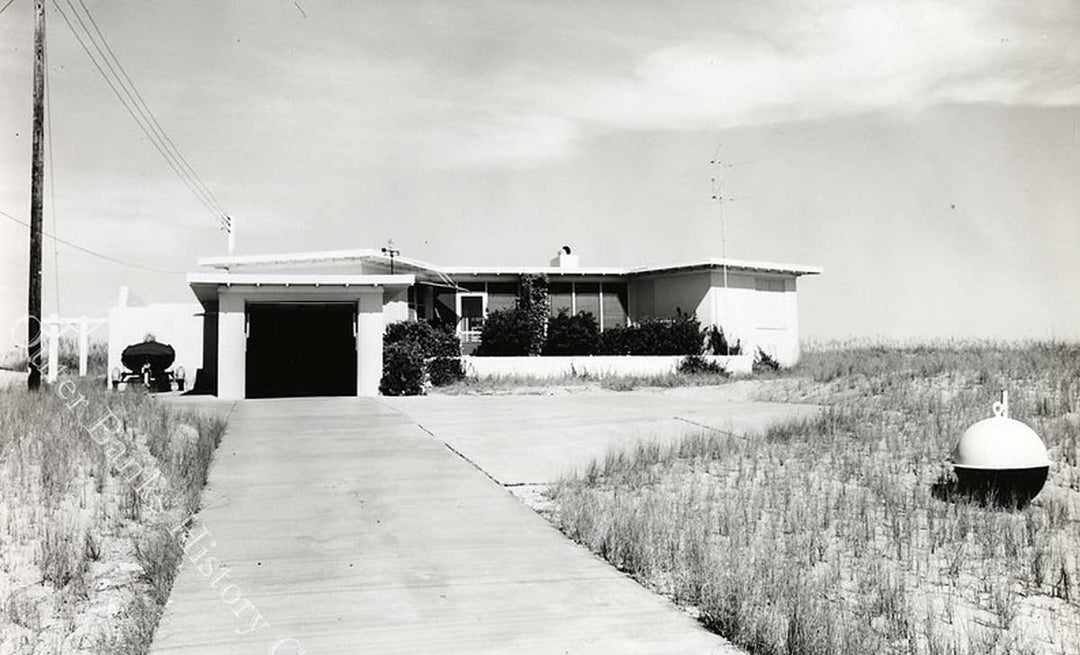
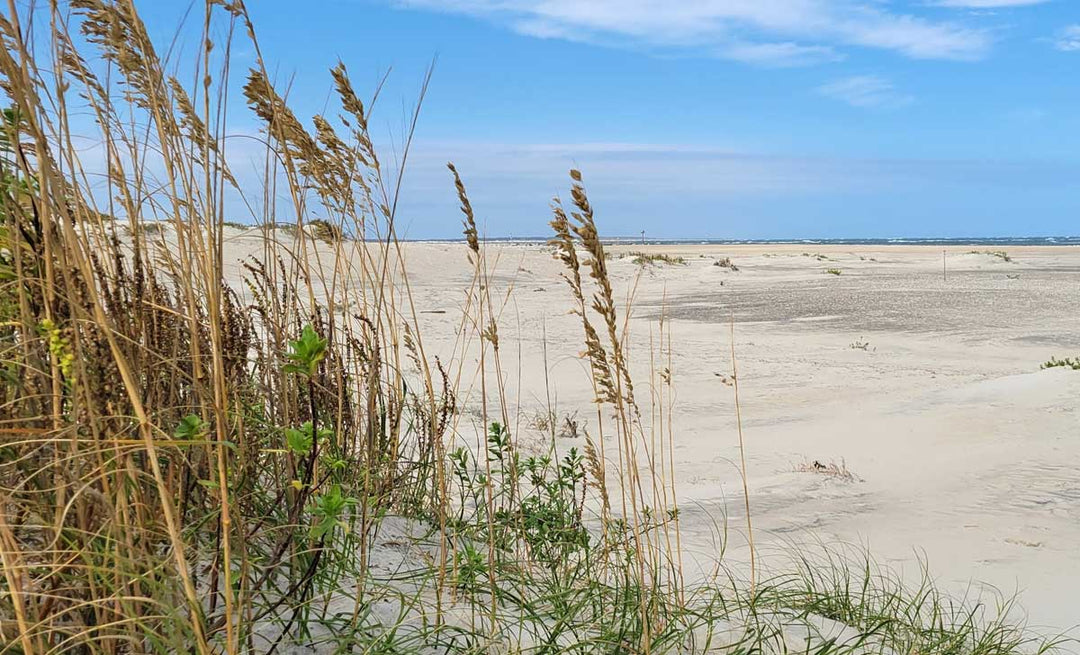
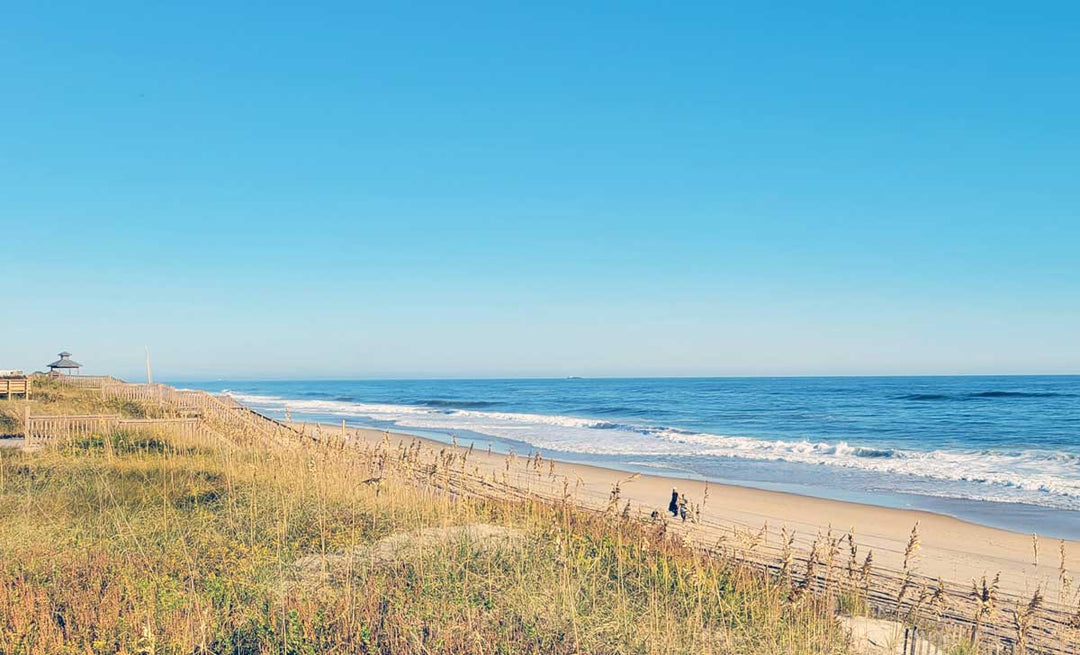
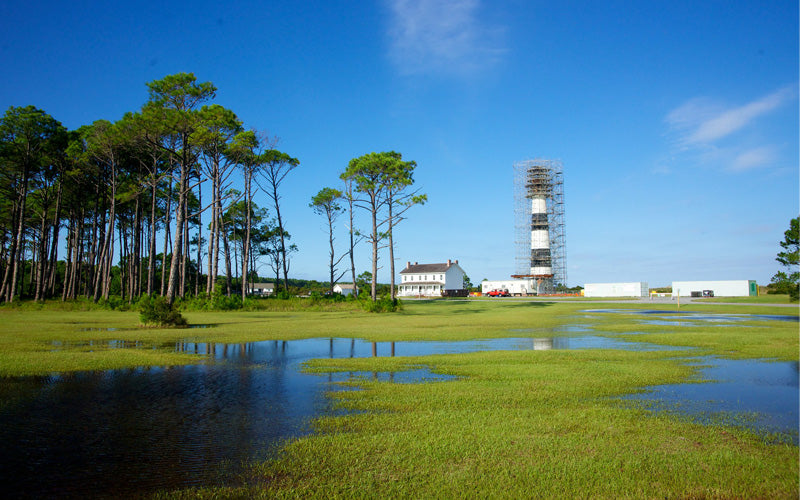
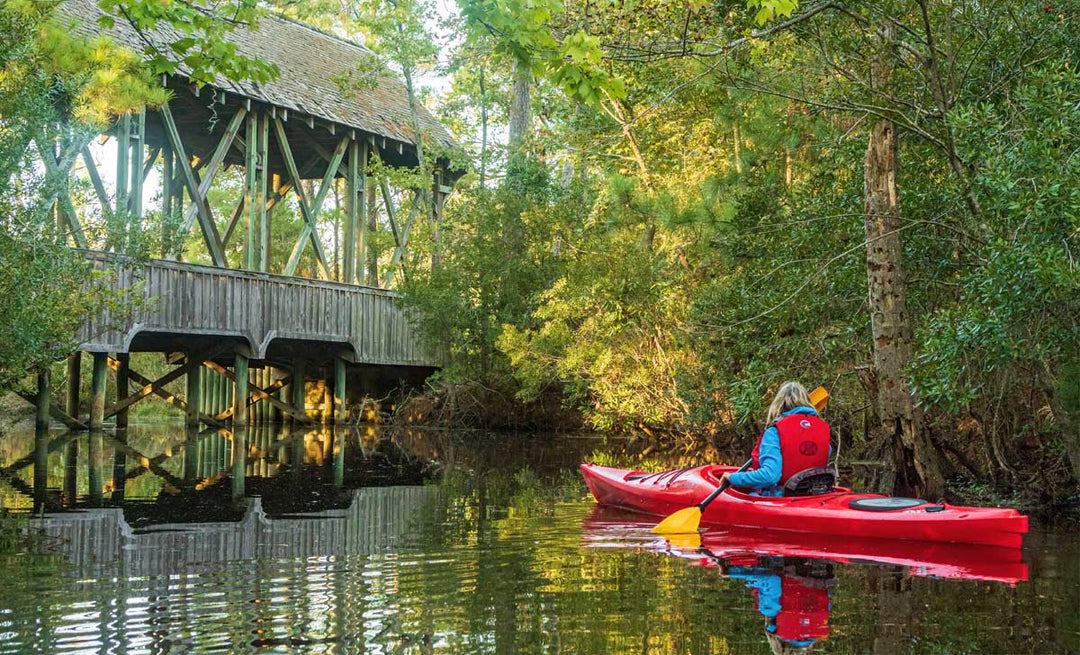
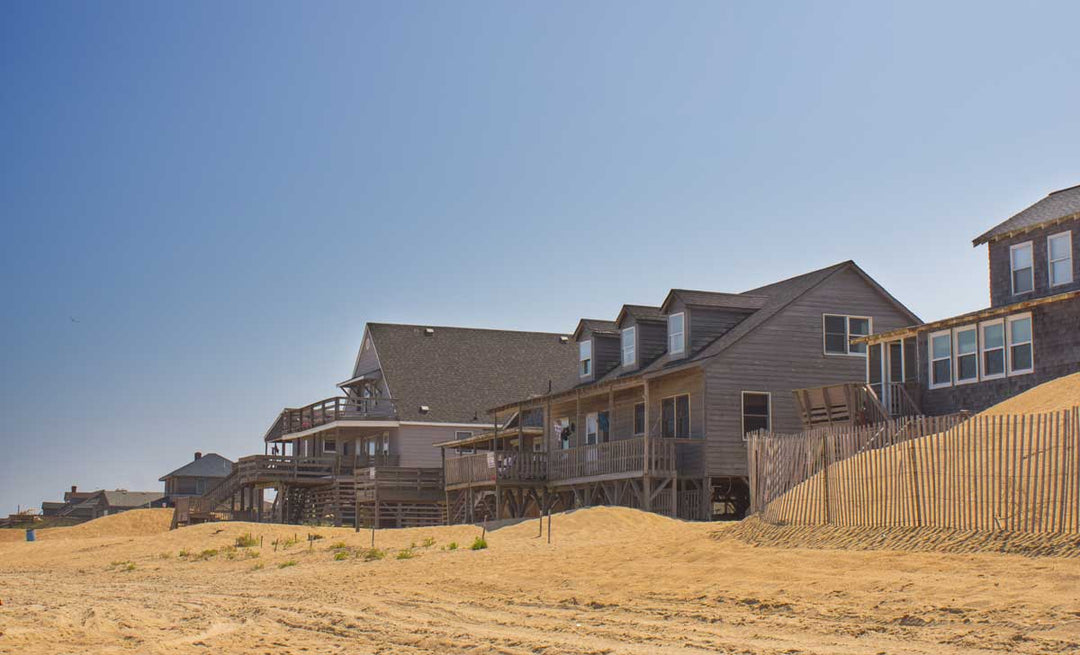
When did weather bureau service move from Hatteras to Buxton, NC?
Leave a comment